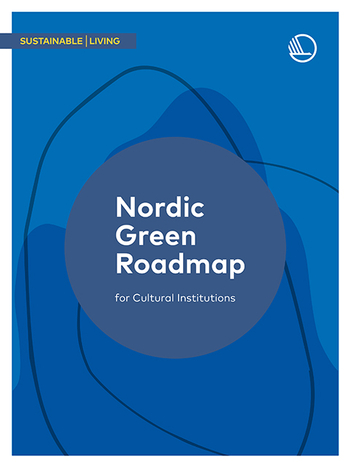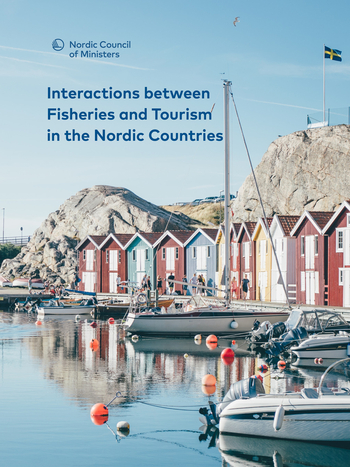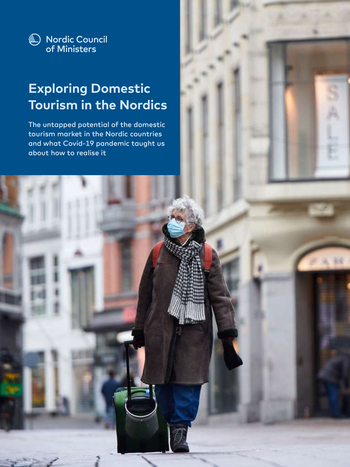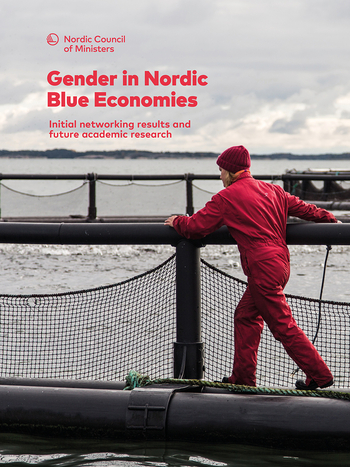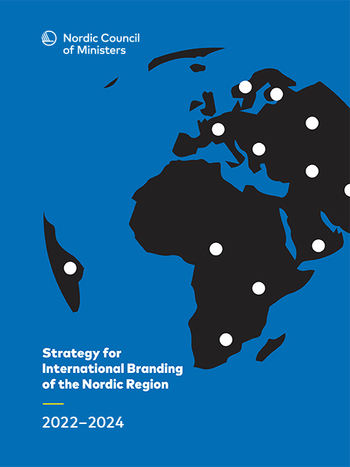Regional Tourism Satellite Accounts for the Nordic countries
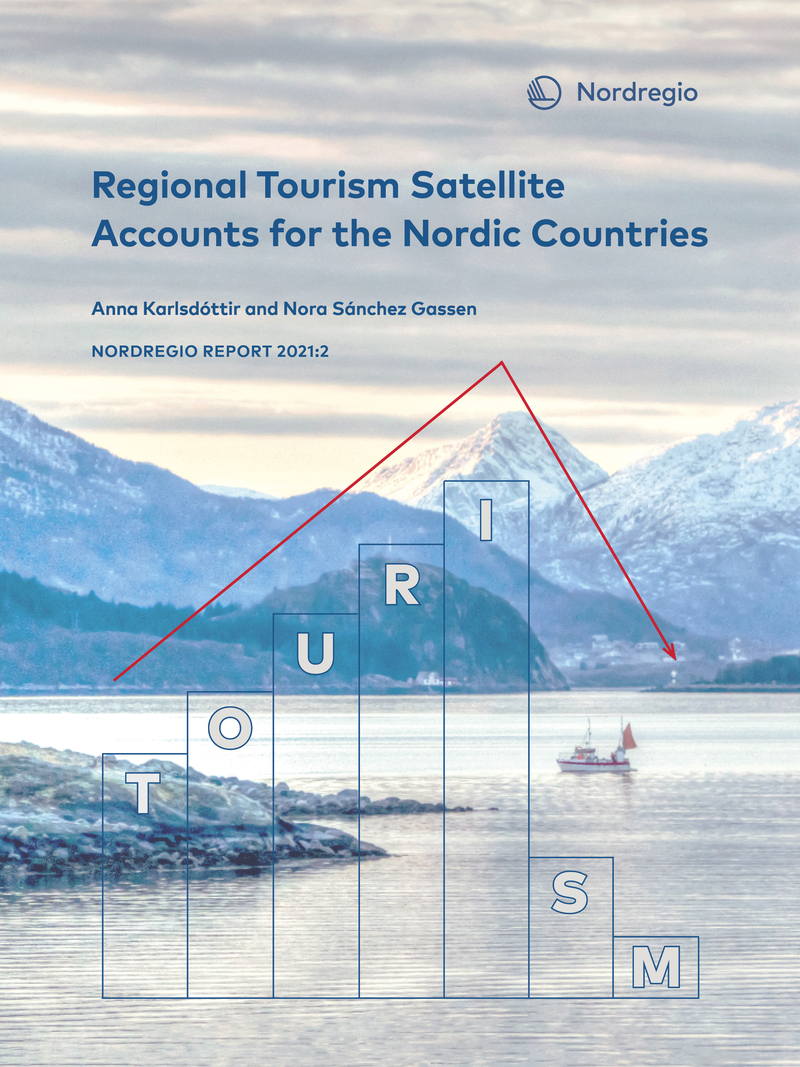
Information
Publish date
Abstract
In the first and second decade of this century, tourism has grown steadily, albeit with regional variation, but in many cases, it has become an established sector of Nordic economies in terms of both employment and revenue. While the Nordic model of regional economic impacts reflects its time, this urban–rural, domestic inbound–outbound mobility dynamic has always been associated with the economics of tourism. Prior to 2000, the two most common methods used to understand the impact of tourism, the Nordic Model and the input–output method, were advocated because they linked supply and demand and focused on the money flow from tourists to tourism enterprises, including circulation within the tourism supply sector. However, these methodologies were subject to criticism, as they gave little consideration to the contribution of local factors to the volume and quality of tourism. Tourism satellite accounts (TSAs), with their conceptual framework and manual, gradually became the internationally acknowledged approach to understanding the economic impact of tourism and this report studies these satellite accounts in all the Nordic countries.
Publication number
2
Organisation
